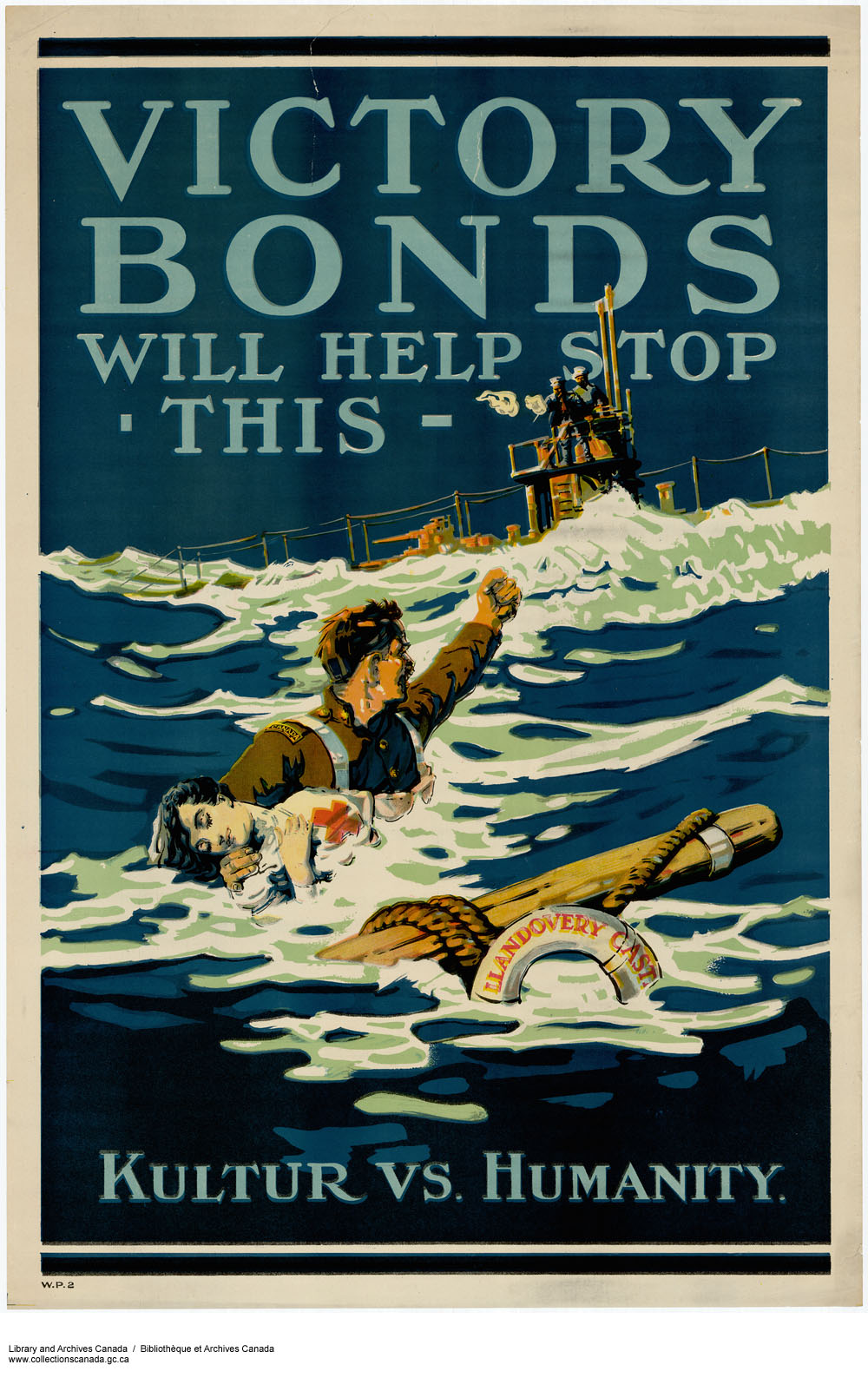Article
HMCS Rainbow
His Majesty’s Canadian Ship (HMCS) Rainbow was an Apollo-class cruiser that was commissioned into Britain’s Royal Navy in 1893. In 1910, Britain sold the vessel to Canada, where it became one of the first two warships of the newly formed Naval Service of Canada. Rainbow served 10 years in the Canadian navy, including throughout the First World War. It was sold for scrap in 1920.













